How to Care for a Toothless Dog or Cat
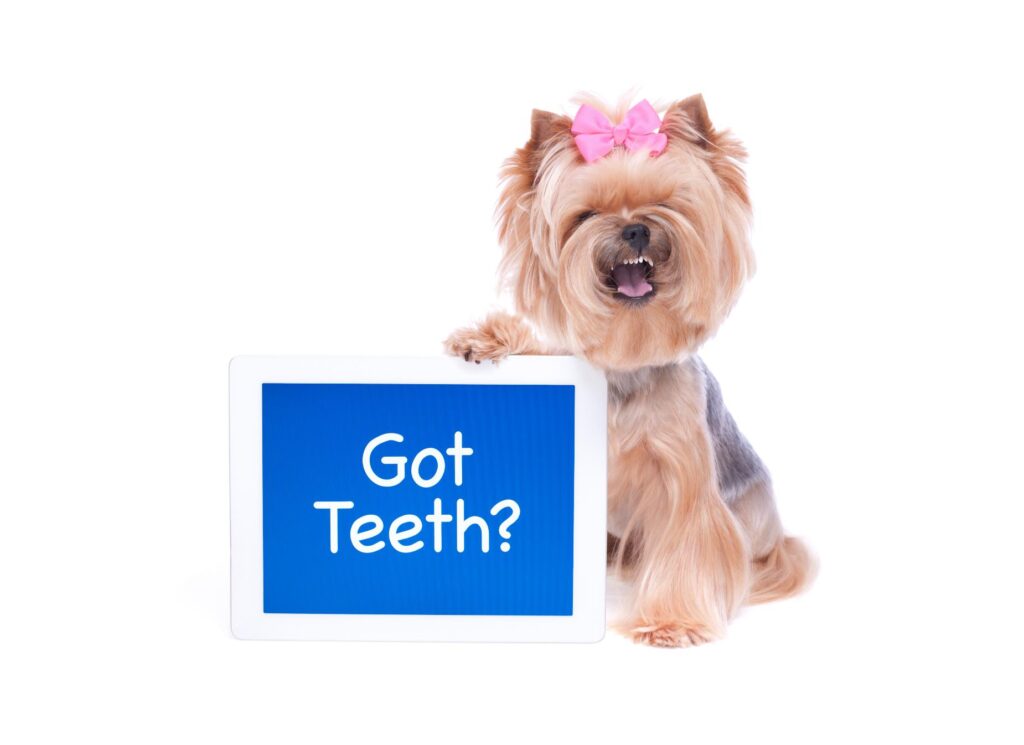
A pet’s teeth are part of their unique appearance, but a toothless dog or cat is equally distinctive. Many factors lead to partial or complete toothlessness. Whether tooth extractions resulted from advanced periodontal disease or another cause, a proactive approach to a toothless pet’s nutritional needs is critical to their health. Additionally, even in the absence of teeth, there are important ways to support overall oral hygiene.
Continue…Is It Time to Grow Fruits and Vegetables for Your Dog?
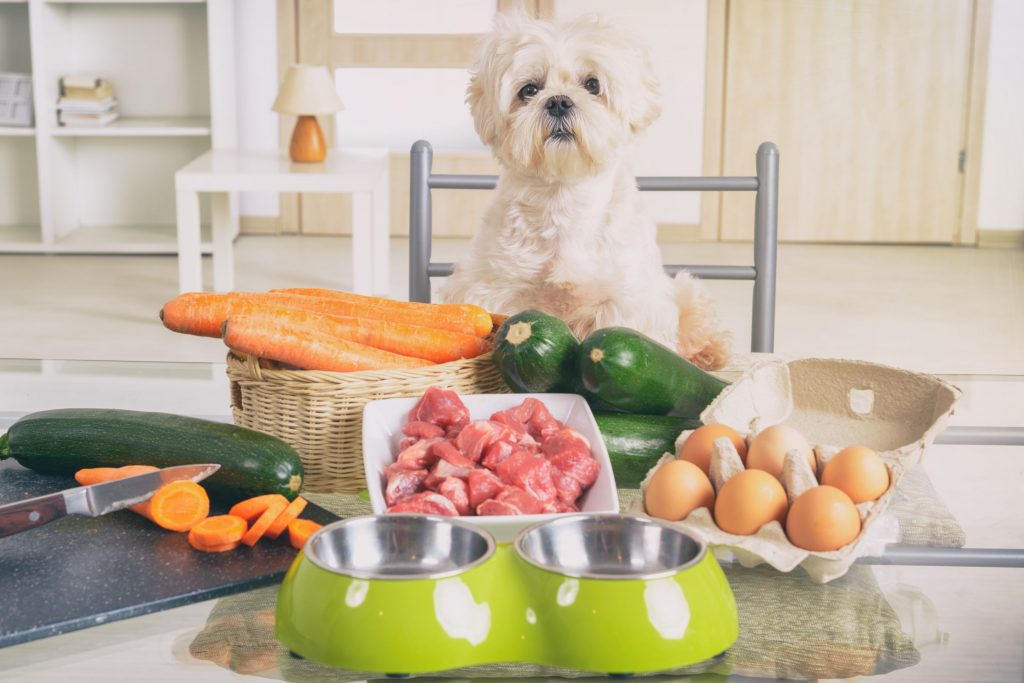
We have a lot in common with our dogs, but chief among them is our mutual appreciation for food. We both love to munch, and enjoying treats together is one of life’s greatest joys. What could be better than growing tasty food in your own garden with the sole purpose of sharing your healthy haul with your best pal? If you’ve been wondering how you can make this work at home, we’ve got some tips on growing fruits and vegetables for your dog.
Continue…The Healthiest Cat Food Is Within Reach
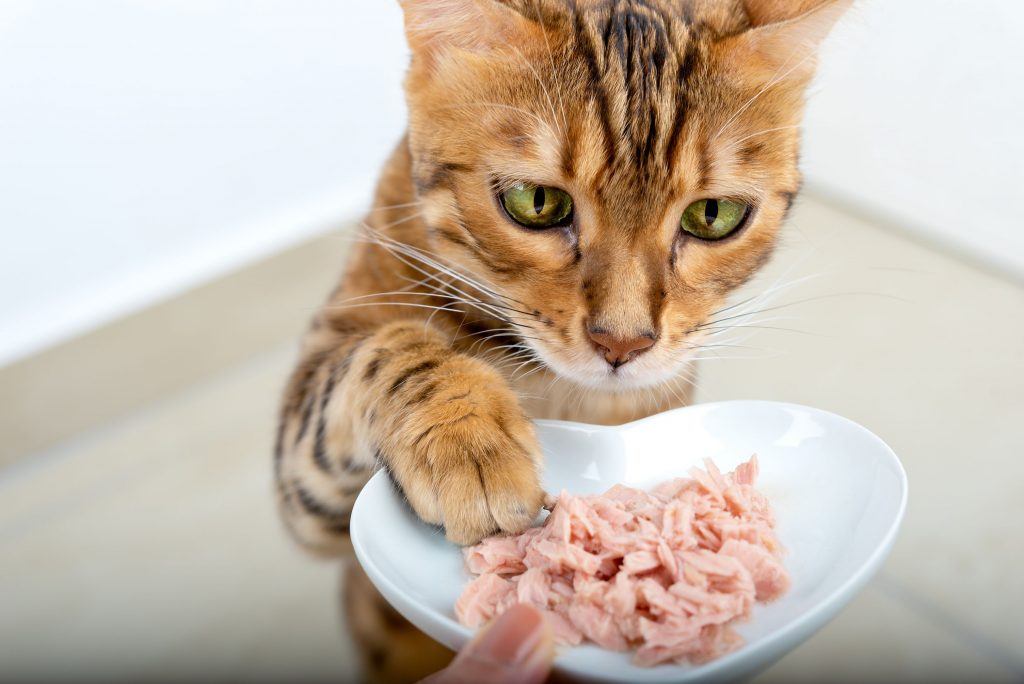
December is a very busy month. In addition to all of the other national holidays, it also rings in National Cat Lovers Month. While true cat lovers don’t need a month to acknowledge and celebrate the value of felines in our lives (we do that all the time!), it is an opportunity to promote the healthiest possible feline lifestyle. To that end, do you know what your cat is eating? Finding just the right cat food may not be the easiest experience, but the best product for your unique cat may be closer than you think.
Continue…In the Know About Nuts: Can My Dog Eat Nuts?
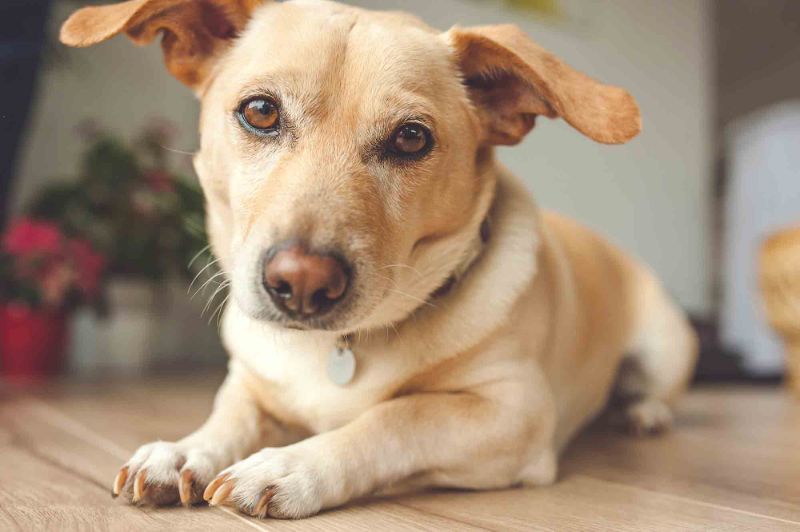
Dogs, left to their own devices, will chow down on just about anything edible, whether it is good for them or not. Nuts, while seemingly healthy, can be potentially problematic for your pup. But it depends on the type of nut and the quantity. When we think something is tasty, we naturally want to give our best buddy the same thing.
There are some nuts that are fine for your pet and some that should be off limits. To give you an understanding, Shiloh Veterinary Hospital is here to answer the questions of, “Can my dog eat nuts and seeds?”
Continue…They Know We Love It, But Can Pets Eat Pizza?
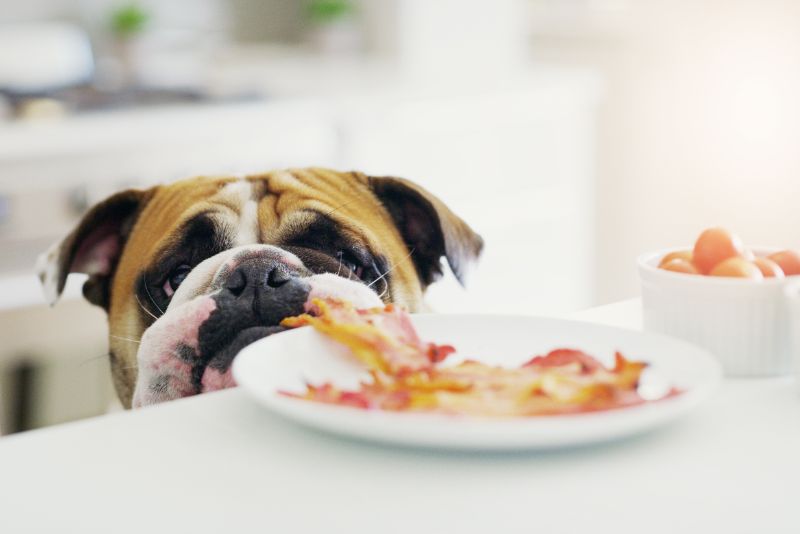
Unless your pet is either trained incredible well or completely disinterested in table foods, you’ve probably battled over incessant begging for samples. Sure, they’re unlikely to ask for a taste of Brussels sprouts or tofu, but if there’s meat, cheese, and bread being passed around, all bets are off.
As a result of all this begging and giving-in, many pets eat pizza. But should they? In other words, where does this beloved Italian-American treat fall on the pet-risk-o-meter?
Continue…Eat Like a Bird: The Avian Diet Demystified
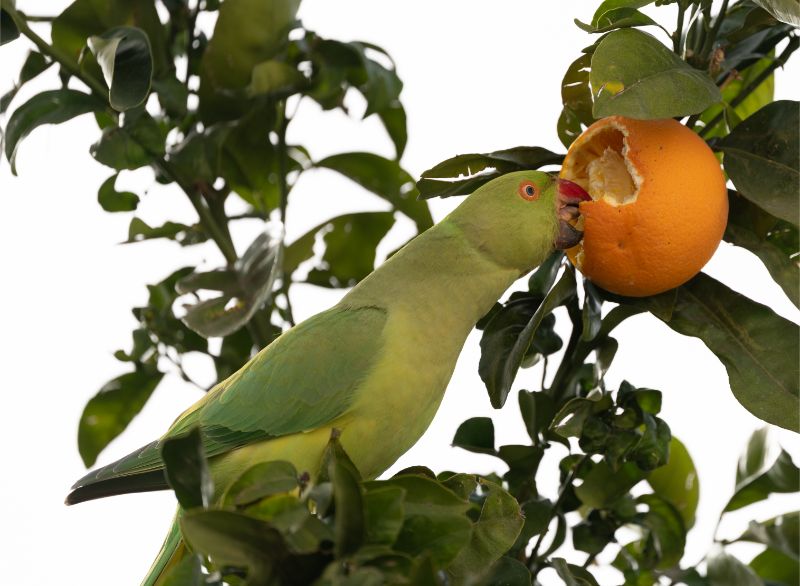
Feeding your bird right can make a huge difference in their health and happiness. Of course, most birds don’t come with an instruction manual to tell you what and when to feed.
Good thing Shiloh Veterinary Hospital is here to help you decode the best practices of a healthy avian diet!
Bird Breakfast Basics
In the wild, different birds have evolved to thrive on different diets. Some are carnivorous (think vultures), dine on insects, prefer grains, nosh on nectar, or even fish for their food.
There are some avian diet basics, though, that are important for pet bird owners to understand.
Hot and Dry Conditions: Summer Pet Safety Tips for the Los Angeles Area
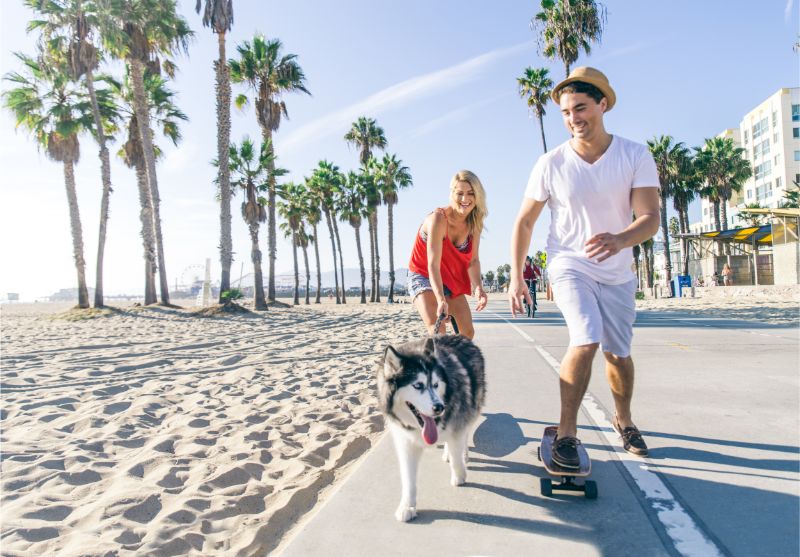
Angelenos hoping for a pleasantly-mild summer, prepare for a little heartbreak – we are on course to break record record highs, again.
High temperatures coupled with an extremely arid climate can make southern California a tad uncomfortable for all residents – including pets. With our summer pet safety tips, your best pal can relax in the shade, enjoy a tasty frozen treat, and stay far from trouble, all summer long.
Dawn. Dusk. Repeat.
Until the pavement no longer feels too hot for your own bare feet, it’s best to hold off trotting down the block with your dog. The hours surrounding dawn and dusk are optimal for summer stroll, pet safety–wise. Otherwise, the direct hit from the sun can make sand, concrete, asphalt, gravel, and even dirt pathways quite dangerous for delicate paw pads.
Continue…